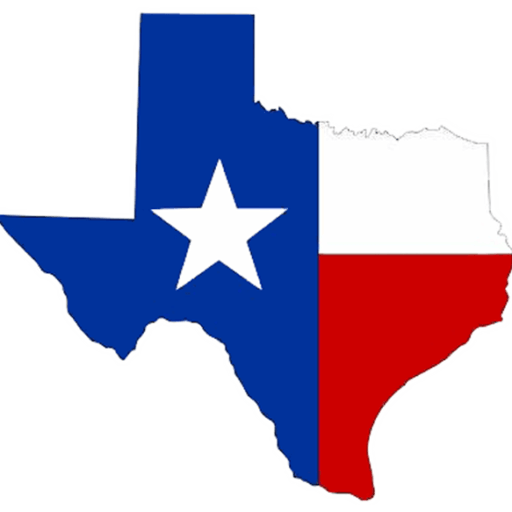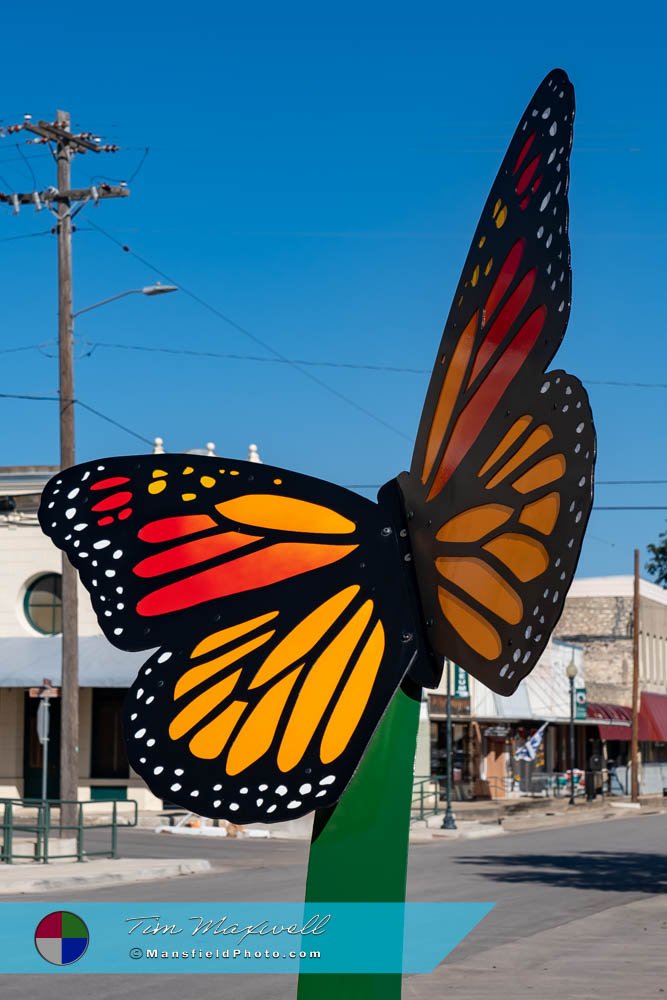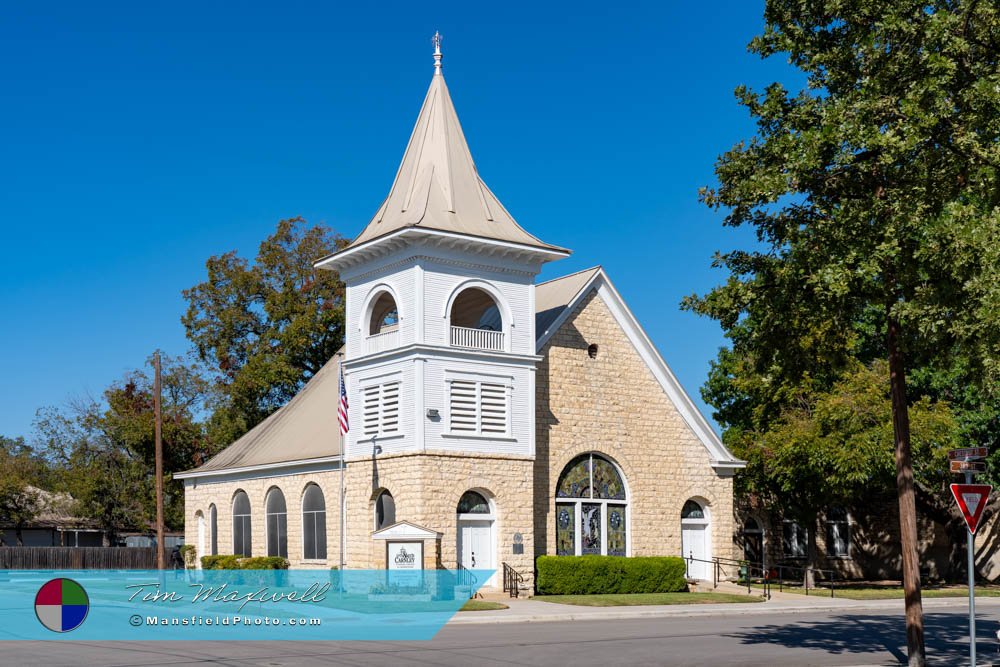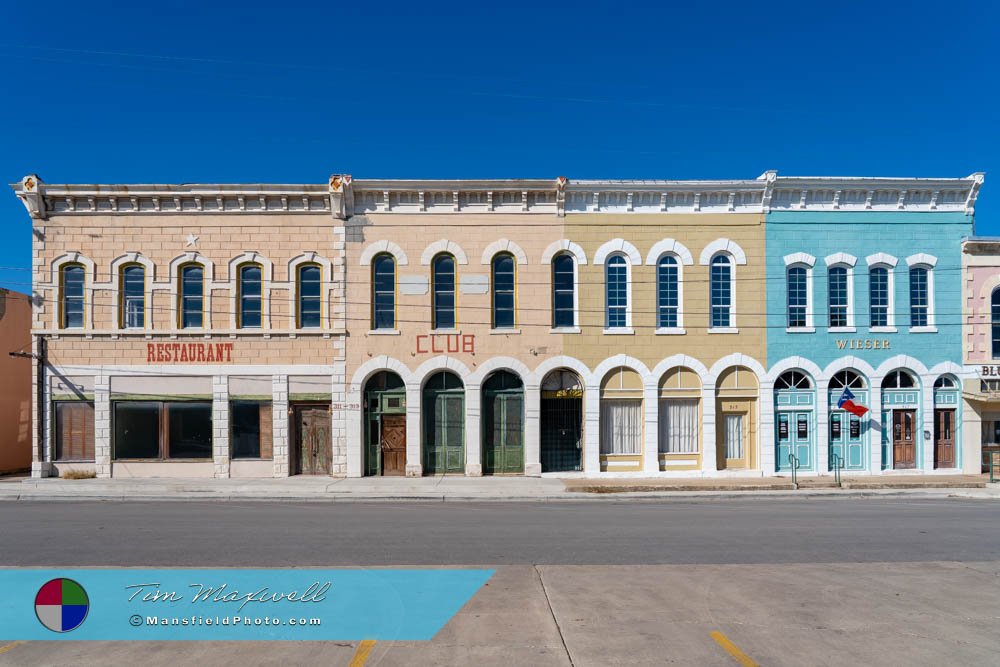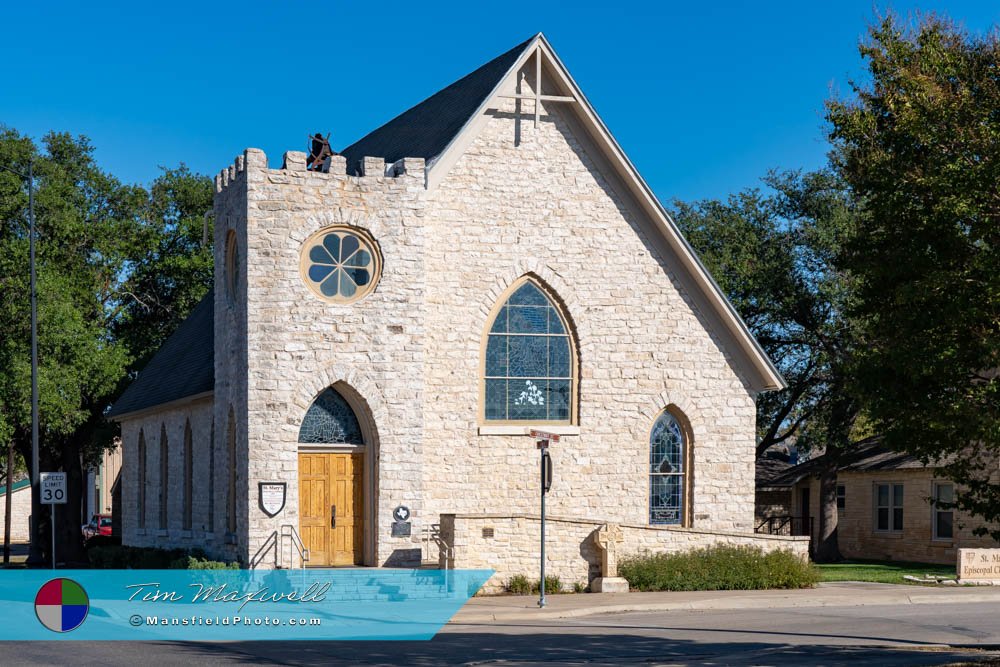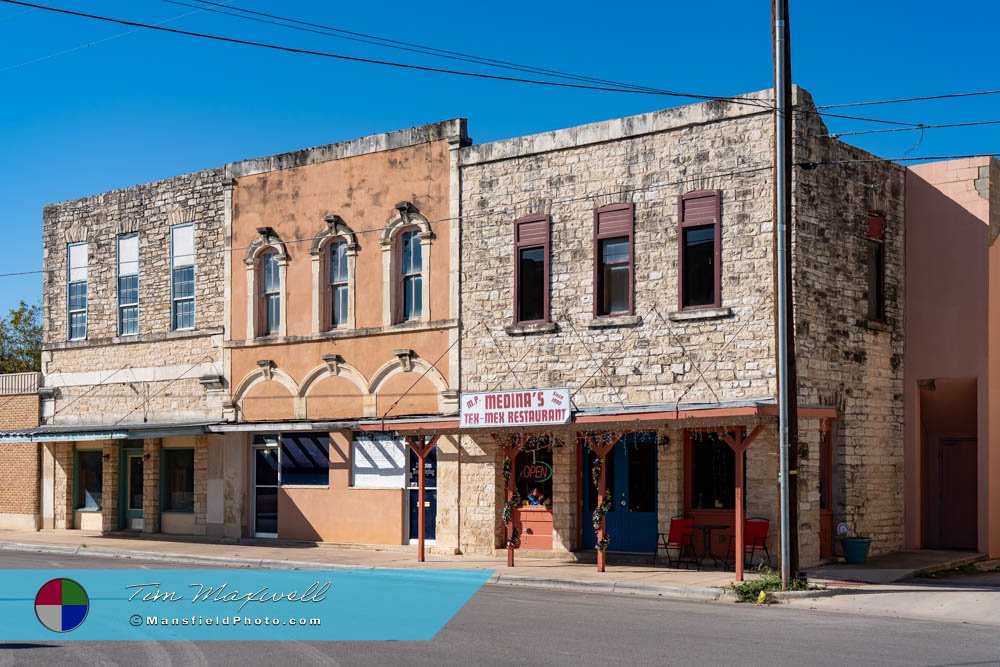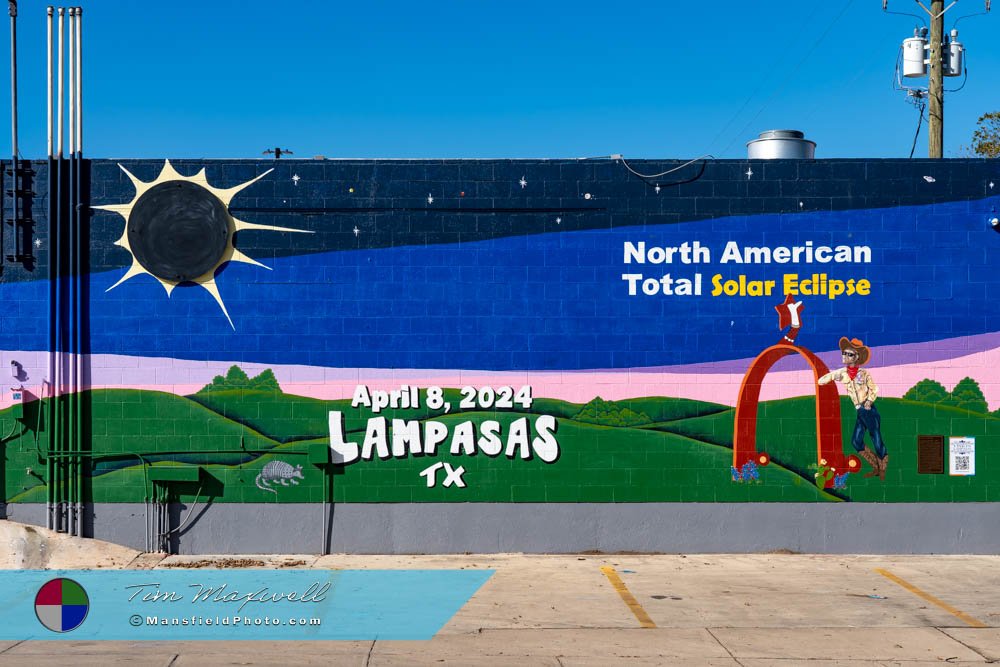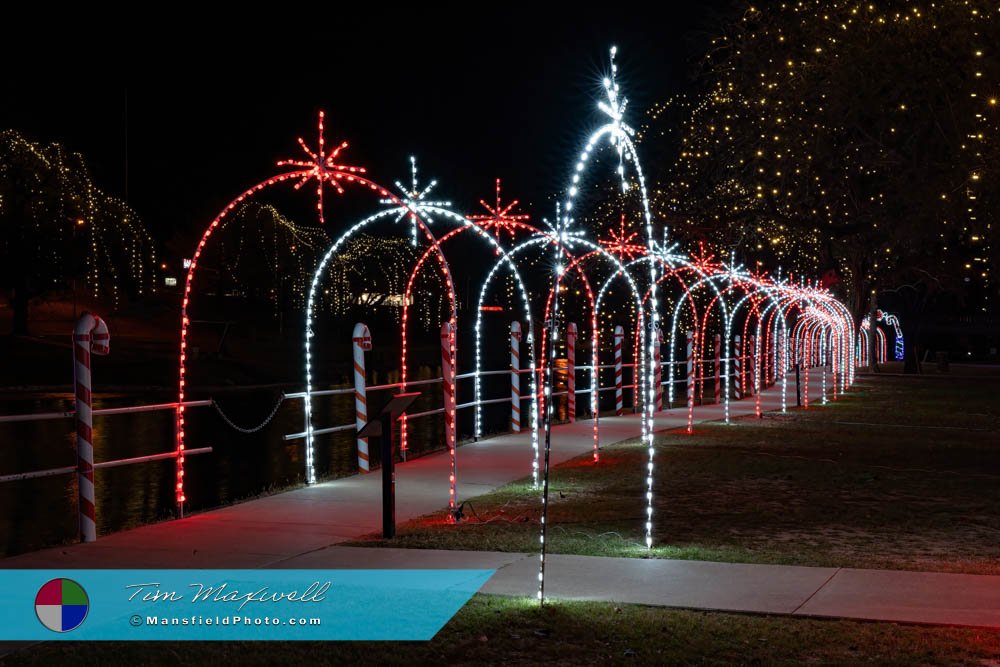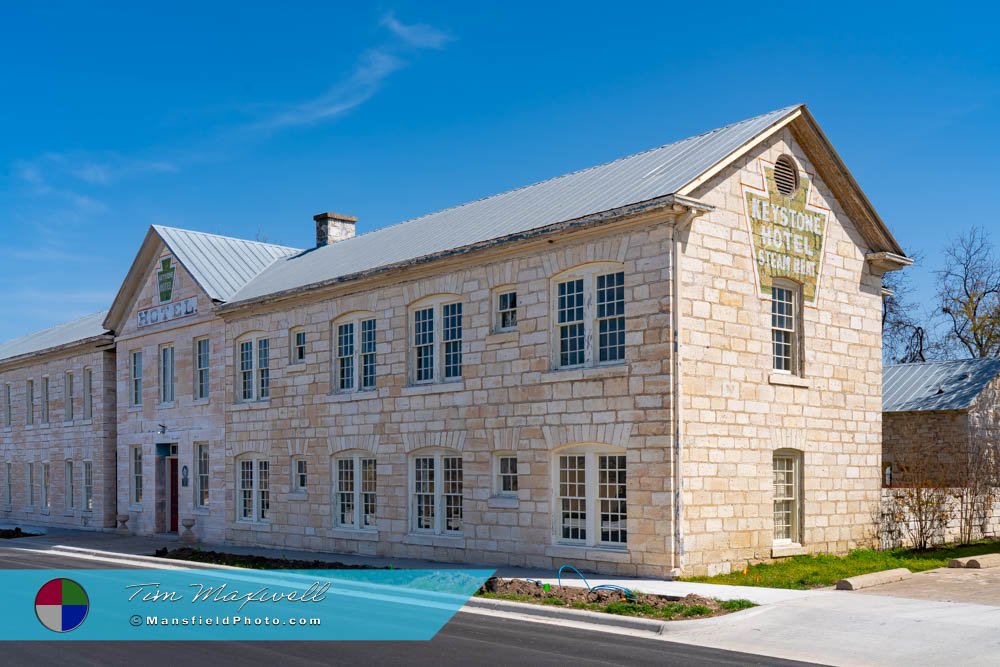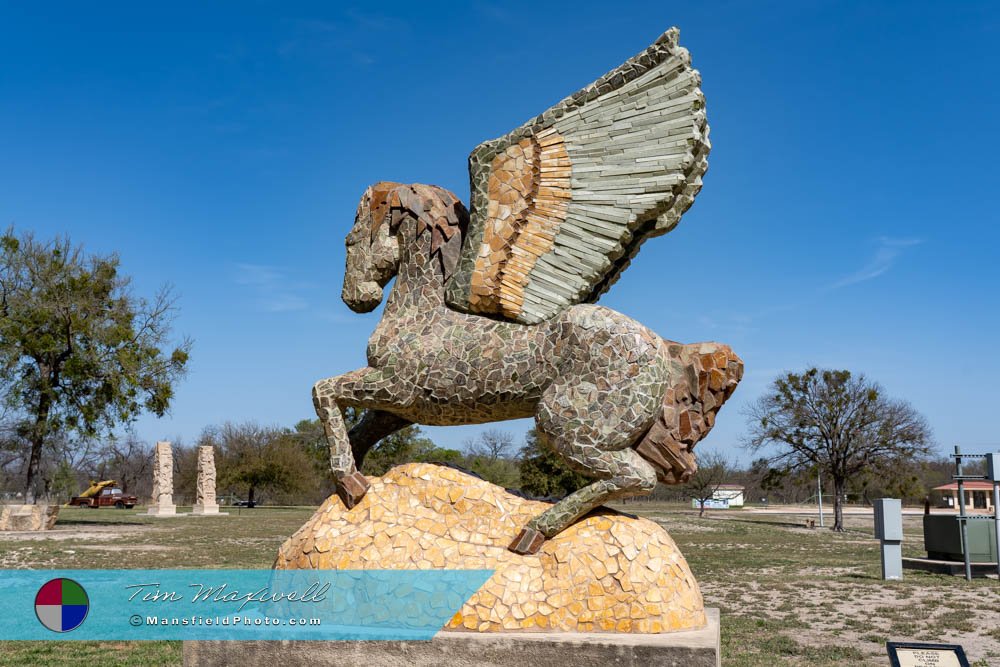Mansfield Photography
Lampasas, Texas
– Illuminating a Town with a Storied Past.
Founded in 1856, Lampasas, Texas, began as a modest settlement in the Texas Hill Country but quickly grew into a bustling town with unique stories and significant historical moments. Initially part of a larger county, the town gained recognition as its own county seat due to the town’s growth and the demand for local governance. Located in the heart of Central Texas, it drew settlers with its numerous springs, scenic landscape, and mild climate, which made it ideal for farming and ranching.
A Wellness Destination: The Healing Springs
During the 19th century, the town became a renowned wellness destination due to its mineral springs, believed to possess healing properties. People traveled from all over to bathe in the springs and experience their restorative effects. Hancock Springs, one of the most famous, continues to be a popular attraction today, offering a refreshing dip in naturally mineralized waters. The springs attracted so many visitors that Lampasas soon built a resort around them, transforming the town into a hotspot for health tourism.
With its appeal as a wellness town, Lampasas developed hotels, bathhouses, and entertainment for visitors, further establishing itself as a destination where people sought relaxation and natural remedies.
The Notorious Gunfight at the Lampasas Saloon
In early 1873, Lampasas was a rugged frontier town notorious for its lawlessness, and tensions reached a boiling point in January when Sheriff S.T. Denson attempted to arrest brothers Wash and Mark Short. During the arrest, Sheriff Denson was shot, escalating violence in the area. In response, a district judge dispatched a posse to capture the Short brothers, but the group was blocked by the Horrell brothers—Ben, Tom, and Mart—who had a reputation for clashing with the law.
With local enforcement outmatched, Sheriff Denson and the Lampasas justices appealed to Texas Governor Edmund J. Davis for help. Governor Davis issued a proclamation on February 10 that prohibited the carrying of firearms in Lampasas. On March 14, Captain Thomas Williams and seven Texas state police arrived to enforce this new rule and restore order.
As the officers attempted to arrest Bill Bowen for violating the firearm ban, Bowen lured Captain Williams and two officers into Jerry Scott’s Lampasas Saloon
There, a deadly confrontation erupted between the state police and the Horrell brothers, who came to Bowen’s aid. The brutal shootout left three state policemen dead inside the saloon, with a fourth officer fatally wounded while trying to escape.
Following the gunfight, the Texas state police and local militia forces joined Lampasas lawmen in an extensive search for the Horrell gang. Four men involved in the incident were eventually arrested. In retaliation, the Horrell gang stormed the Georgetown Jail in early May, freeing their associates Mart Horrell and Jerry Scott. The gang stayed in Lampasas until September before briefly fleeing to New Mexico, returning in 1874. The Horrell brothers faced trial in 1876 for the saloon murders but were found not guilty.
For the Horrell brothers, the story didn’t end here.
The Horrell-Higgins Feud: Lampasas’ Fiercest Family Clash
One of the most infamous disputes in Texas history – the Horrell-Higgins Feud began. This bitter conflict erupted in January 1877 when Pink Higgins accused the Horrell brothers of cattle theft, sparking a chain of violent events that would embroil the region for months.
The feud began in earnest when Pink Higgins confronted Merrit Horrell in the Gem Saloon and fatally shot him. What followed was a six-month period of bloody reprisals between the Horrell family and Higgins, who had allies including Bob Mitchell and Bill Wren. In March, Tom and Mart Horrell were ambushed, further intensifying the feud. In response to the rising violence, the Texas Rangers launched a manhunt for Higgins, though he evaded capture for some time. Eventually, he surrendered.
However, before the trial could proceed, a burglary occurred at the County District Clerk’s Office in Lampasas on June 4. Key court records were destroyed, complicating the case.
Only three days after the burglary, the feud reached its deadliest confrontation. A fierce gunfight broke out in the Lampasas town square, resulting in the deaths of one man from each faction. The violence prompted John B. Jones, a prominent Texas Ranger in the Frontier Battalion, to intervene. His leadership culminated in a treaty that officially ended one of Texas’ bloodiest feuds.
Though the Lampasas chapter of the feud was over, the violence did not entirely end. In 1878, a vigilante mob in Meridian, Texas, assassinated Tom and Mart Horrell while they were held in the local jail. The Horrell-Higgins Feud remains a sobering reminder of the turbulent and often lawless days of the Texas frontier, when justice was frequently settled by the gun and small towns like Lampasas became battlegrounds for family vendettas.
The Birthplace of the Farmer’s Alliance
Lampasas holds a significant place in agricultural history as the birthplace of the Farmer’s Alliance, a movement that began in 1877 to improve economic conditions for farmers. The Alliance advocated for fair wages, land rights, and better working conditions, and it quickly grew to influence state and national agricultural policy. For farmers in Lampasas and beyond, the Alliance represented a major step forward in addressing the difficulties they faced, from high-interest rates to low crop prices. The movement eventually spread across the United States, paving the way for future organizations supporting the rights of workers and the agricultural community. You can read more about the Farmer’s Alliance in the Texas State Historical Association entry here.
Iconic Landmarks and Points of Interest
From historic buildings to local cultural sites, the town has preserved key pieces of its heritage. The Lampasas County Courthouse, built in 1884, remains an architectural gem in the Second Empire style with its distinctive clock tower and picturesque design. It serves as a focal point in the town’s historic district, surrounded by shops and small businesses that embody the town’s community spirit.
Another key landmark is the Keystone Hotel, which dates back to the 19th century and once housed visitors arriving to experience the mineral springs. Today, the hotel stands as a reminder of Lampasas’ era as a resort town, hosting community events and celebrations.
Lampasas Museum: A Journey Through Time
For those interested in the past, the Lampasas Museum provides a detailed look into the town’s history, from its frontier days to its role in Texas agriculture.
The museum offers exhibits and displays of artifacts that capture Lampasas’ evolution. With a variety of rotating displays and special events, the museum is a valuable resource for visitors looking to connect with the town’s rich heritage.
The Town Today: Tradition, Festivals, and Community Spirit
Today’s Lampasas honors its history while embracing a lively present, celebrated through annual events that bring the community together and attract visitors. One of the most popular of these events is Christmas on the Creek, a magical holiday celebration that lights up the town each December along Sulphur Creek. Visitors stroll through a festive trail illuminated by holiday lights, enjoying the displays and seasonal spirit. Christmas on the Creek is a perfect blend of Lampasas’ natural beauty and small-town charm, making it a must-visit for locals and travelers alike.
The Spring Ho Festival
Each July, the town hosts the annual Spring Ho Festival, a week-long celebration that honors the town’s connection to its springs. Featuring a parade, live music, arts and crafts vendors, and a carnival, Spring Ho draws thousands of visitors. Since its inception in the 1970s, it has become a signature event that reflects Lampasas’ love of community and natural resources.
Outdoor Adventures in Lampasas: Parks, Trails, and Springs
Nature lovers have plenty to explore in and around Lampasas. Nearby Colorado Bend State Park offers activities like hiking, fishing, and kayaking. For a more local option, Sulphur Creek Park in town is a favorite spot with trails, picnic areas, and access to the scenic Sulphur Creek. This park also becomes the site for Christmas on the Creek, transforming into a winter wonderland during the holiday season.
Hancock Springs, with its mineralized waters, continues to attract those seeking relaxation and wellness. Lampasas takes pride in preserving this unique spring-fed swimming pool, which offers visitors a taste of the town’s historic charm and connection to nature.
Interesting Facts About Lampasas
- Wellness Destination: During the height of its popularity as a wellness town, Lampasas attracted tourists with its bathhouses, hotels, and spa-like resorts centered around its natural springs.
- A Stagecoach Hub: Lampasas served as a major stagecoach stop before the arrival of the railroad, making it an important hub for early Texas travelers.
A Modern-Day Lampasas
Today, Lampasas remains a welcoming town that celebrates its past while offering a vibrant future. Visitors come to enjoy the annual festivals, explore the springs, and experience the unique character of the Texas Hill Country. With a blend of historic sites, natural beauty, and community events, Lampasas offers an experience that’s equal parts nostalgia and modern charm.
From the tales of Old West feuds and saloon shootouts to family-friendly festivals, Lampasas is a town with a dynamic history and a bright future. Whether it’s a peaceful walk through Christmas lights or a summer celebration at the Spring Ho Festival, Lampasas promises a warm welcome and a lasting memory for all who visit.
📸 Interested in More Photos of This Town?
